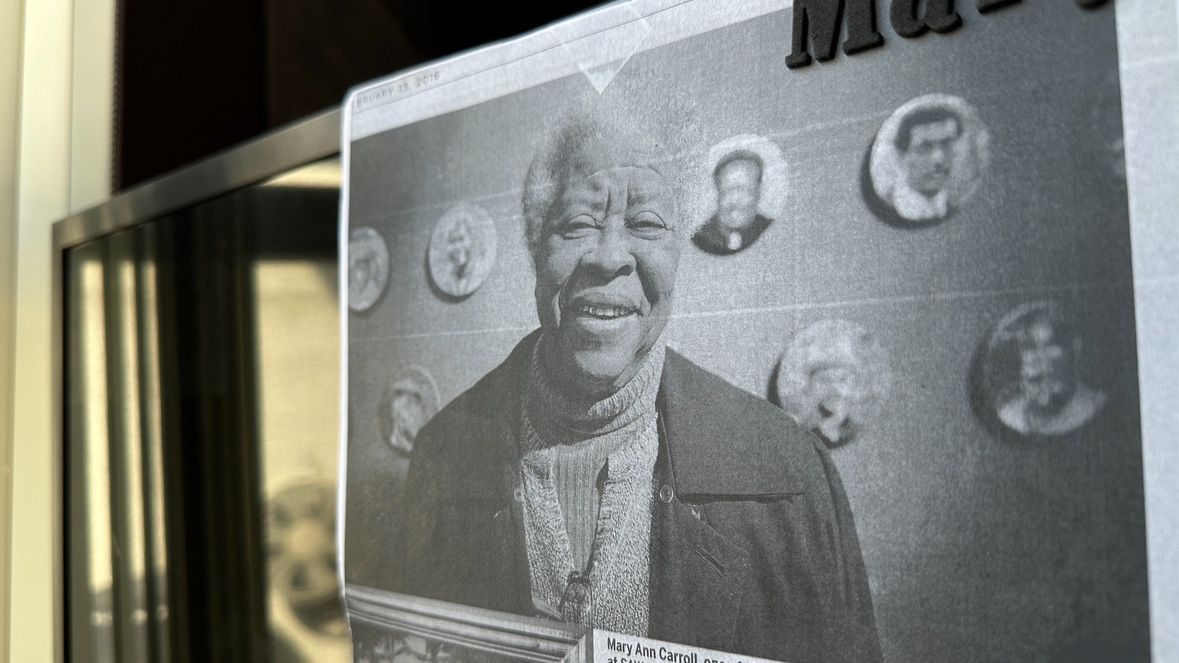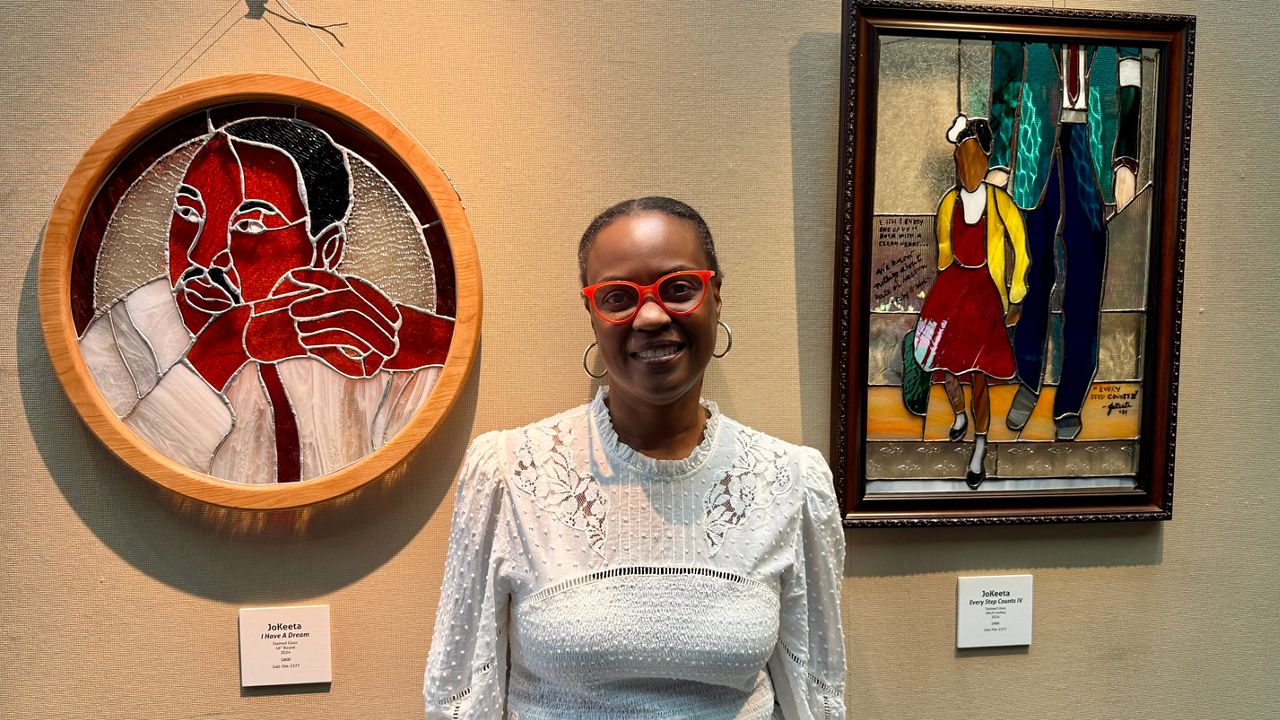TAMPA BAY, Fla. — Cinema has changed and evolved through the decades.
The dazzling CGI and animation seen today can be spellbinding, but where did it all start? Before all the fancy effects and color in film, there were silent black and white pictures — films at the very beginning of cinema's long and storied history.
What You Need To Know
- The first films shown in public more than 100 years ago had no color or sound
- Tampa Theatre is hosting silent films with an artist to play organ music
- Dr. Steven Ball, the man doing the playing, says he loves to share the experience
In this week’s special assignment, Spectrum News takes a look at those early days by showcasing how one theater is keeping the love and tradition of silent films alive.
What comes to mind when you think of a night at the movies? Is it buying your tickets at the booth, the smell of fresh popcorn, maybe the flicker of a projector, or is it the music? Not just any music, but live music.
At the Tampa Theatre lives a 1920s Wurlitzer organ — one of more than 7,000 built when silent films cost only a quarter. Today, most have been removed from their original homes in vaudevillian movie palaces, and few people still remember their significance.
Dr. Steven Ball is one of those people.
“There are now fewer than 40 that are still in their original homes, and this is one of them,” he said of the organ at Tampa Theatre.
Growing up on a farm in Michigan, Ball said he doesn’t remember a time he wasn’t playing the organ. Which isn’t surprising, considering his father is the one who built his very first instrument.
“My father realized I was very fascinated by the pipe organ from a young age because I had seen them in church, so he helped me build one in our basement when I was 6," Bell said. "It’s been a love affair ever since.”
A love affair that inspired Ball to graduate with a Ph.D. in fine arts and pursue a life as a professional organist and composer. He says that love brought him to the Tampa Theatre where music meets film — silent films.
“You can read about silent film, you can watch it on television or hear a recorded score, but the effect of being in the audience with other people enjoying the film in the same environment as it was in the 1920s, there is just a handful of us that have that privilege,” Ball said.
While the film plays above, Ball plays below. His job is to create a musical score that elevates the silent picture, creating nuance, tension, and emotion for the audience. He does that using knobs, switches, foot peddles and keys to create the sound of an orchestra packed into a 96-year-old Wurlitzer organ.
“This is one of the greatest cultural treasures in the whole region, because you have preserved here a piece of the past which is as close to time travel as anything you’ll ever experience,” Ball said.
While time travel isn’t possible, yet, nostalgia within the walls of Tampa Theatre will do, because what’s more nostalgic than a night at the movies?
Anyone interested in seeing the magic of a silent film accompanied by a live performance, the Tampa Theater will host an event on June 19 and one in August.
Head to their website for a more detailed list of upcoming events.







history_museum)


